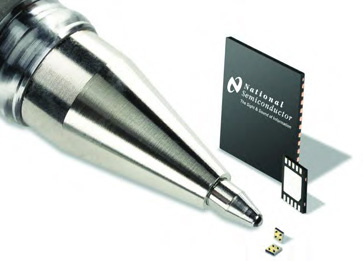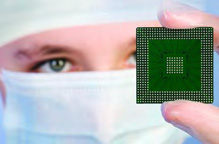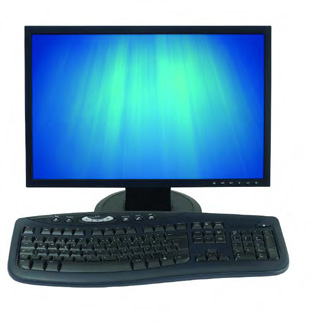Personal Computers
The age of the personal computer began in the mid-1970s, with the development of the integrated circuit, or silicon chip. They could do what previously needed hundreds of transistors. The silicon chips continue to get smaller.

Silicon Valley
An area along the California coast south of San Francisco has become known as Silicon Valley, because of all the companies making silicon chips and other parts for computers that are based there. People think of Silicon Valley and computers the same way they think of Hollywood and movies, because so many people who work in the research and development of computer technology live there.

As technology advanced, many companies replaced mainframe computers with networked personal computers.

Did You Know?
Without personal computers, the Internet would not be what it is today. In 2007, the top ten countries for in-home internet usage were:
- United States
- China
- Japan
- Germany
- India
- United Kingdom
- Korea
- Brazil
- France
- Italy
Most of the computers we now use are personal computers. Desktop personal computers are not easy to move from place to place because they have several different parts. A desktop computers screen, keyboard, mouse, and central processing unit (CPU) are usually connected with wires. One advantage of desktop computers is that they are easier to upgrade than laptop computers.

Laptop computers are smaller and much easier to carry around. Both are complete computers that don't require a bigger mainframe for storing information.
 Be careful with your laptop! Most laptop computer monitors are a liquid crystal display (LCD). LCDs are fragile and easy to damage. The only way to repair damaged LCD screens is to replace them. Depending on your laptop, a new screen may cost as much as your computer did.
Be careful with your laptop! Most laptop computer monitors are a liquid crystal display (LCD). LCDs are fragile and easy to damage. The only way to repair damaged LCD screens is to replace them. Depending on your laptop, a new screen may cost as much as your computer did.